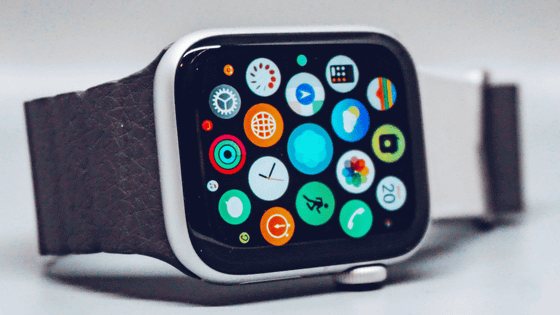By combining a basic model trained on behavioral data such as exercise volume and sleep time with existing models, it is possible to detect pregnancy with 92% accuracy on the Apple Watch

The latest Apple-backed research suggests that 'behavioral data' such as exercise and sleep could be a more powerful indicator of health than traditional biometric measurements such as heart rate and blood oxygen levels. To prove this, the researchers developed a 'basic model trained on behavioral data collected from wearable devices' and found that it performed surprisingly well.
[2507.00191v1] Beyond Sensor Data: Foundation Models of Behavioral Data from Wearables Improve Health Predictions

Apple AI model flags health conditions with up to 92% accuracy - 9to5Mac
https://9to5mac.com/2025/07/10/study-apple-ai-model-flags-health-conditions-with-up-to-92-accuracy/
The research team trained a new base model using more than 2.5 billion hours of behavioral data collected by wearable devices. It has been shown that this 'base model based on behavioral data collected by wearable devices' can achieve performance comparable to 'existing models based on sensor data such as heart rate sensors.'
The research team calls the 'basic model based on behavioral data collected by wearable devices' the 'Wearable Behavioral Model (WBM).' Conventional health-related basic models (PPG models) rely on raw data from sensors such as the Apple Watch 's heart rate sensor and electrocardiogram, whereas the WBM uses previously unused behavioral data such as steps, walking stability, mobility, and maximum oxygen intake for training. The Apple Watch generates a large amount of this kind of 'higher-level behavioral data that has not been used before.'
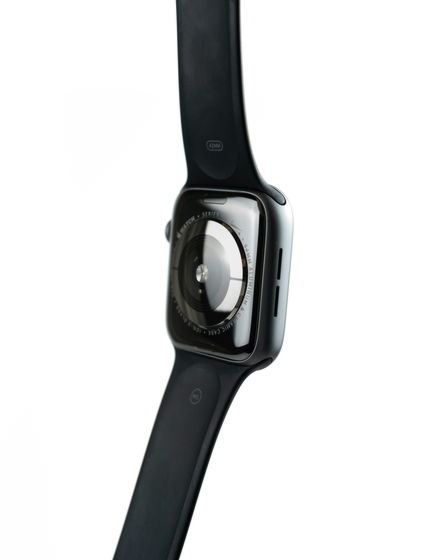
Sensor data from smartwatches and fitness trackers is noisy and voluminous, and does not necessarily equate to meaningful health data. However, higher-level behavioral data, calculated using carefully validated algorithms derived from sensors, is critical in that it is sensitive to individual behavior. For example, mobility metrics that characterize walking gait and overall activity levels can be important behavioral factors that help detect changing health conditions such as pregnancy.
The metrics WBM uses are based on sensor data, but the data is refined to highlight real-world behavioral and health-related trends. It is more stable, easier to interpret, and structured to model long-term health trends. That is, WBM does not rely directly on sensor data, but learns from patterns found in the processed behavioral data.
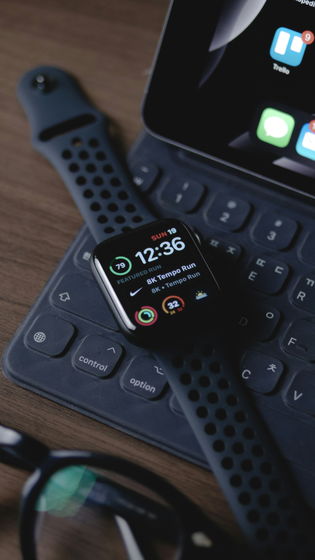
WBM was trained using Apple Watch and iPhone data from 161,855 individuals. Rather than using sensor data directly, WBM used 27 human-interpretable behavioral indicators, including activity energy, walking speed, heart rate variability, respiration rate, and sleep duration, as training data.
The data is split into weekly blocks and passed through a new architecture built on Mamba-2, which performs better than the traditional
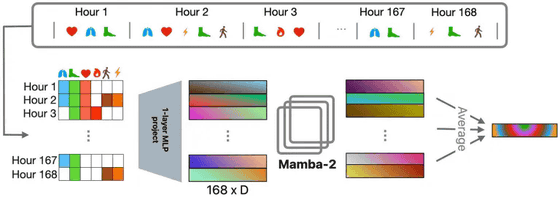
When evaluated on health-related tasks, WBM outperforms powerful PPG-based models on 18 out of 47 static health prediction tasks (e.g., whether or not to take beta-blockers), and outperforms existing models on all but one dynamic task, including pregnancy, sleep quality, and respiratory infection detection, with the PPG model performing better on diabetes.
Moreover, combining both WBM and PPG data representations yields the most accurate results overall: this hybrid model achieves an impressive 92% accuracy rate for pregnancy detection, and also shows steady improvement in sleep quality, infection, injury, and cardiovascular-related tasks such as atrial fibrillation detection.
The graph below shows the prediction accuracy of the health prediction task, with blue showing the prediction accuracy of WBM, red showing the prediction accuracy of PPG, and purple showing the prediction accuracy of WBM + PPG.
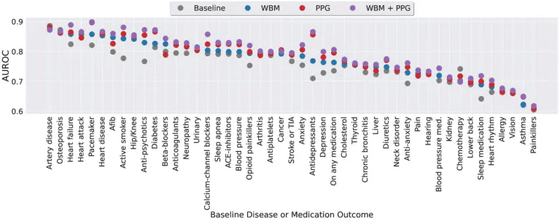
Furthermore, models like WBM can capture long-term behavioral signals, while PPG models can capture short-term physiological changes. By combining these, we can detect important health changes earlier than ever before.
Related Posts:


